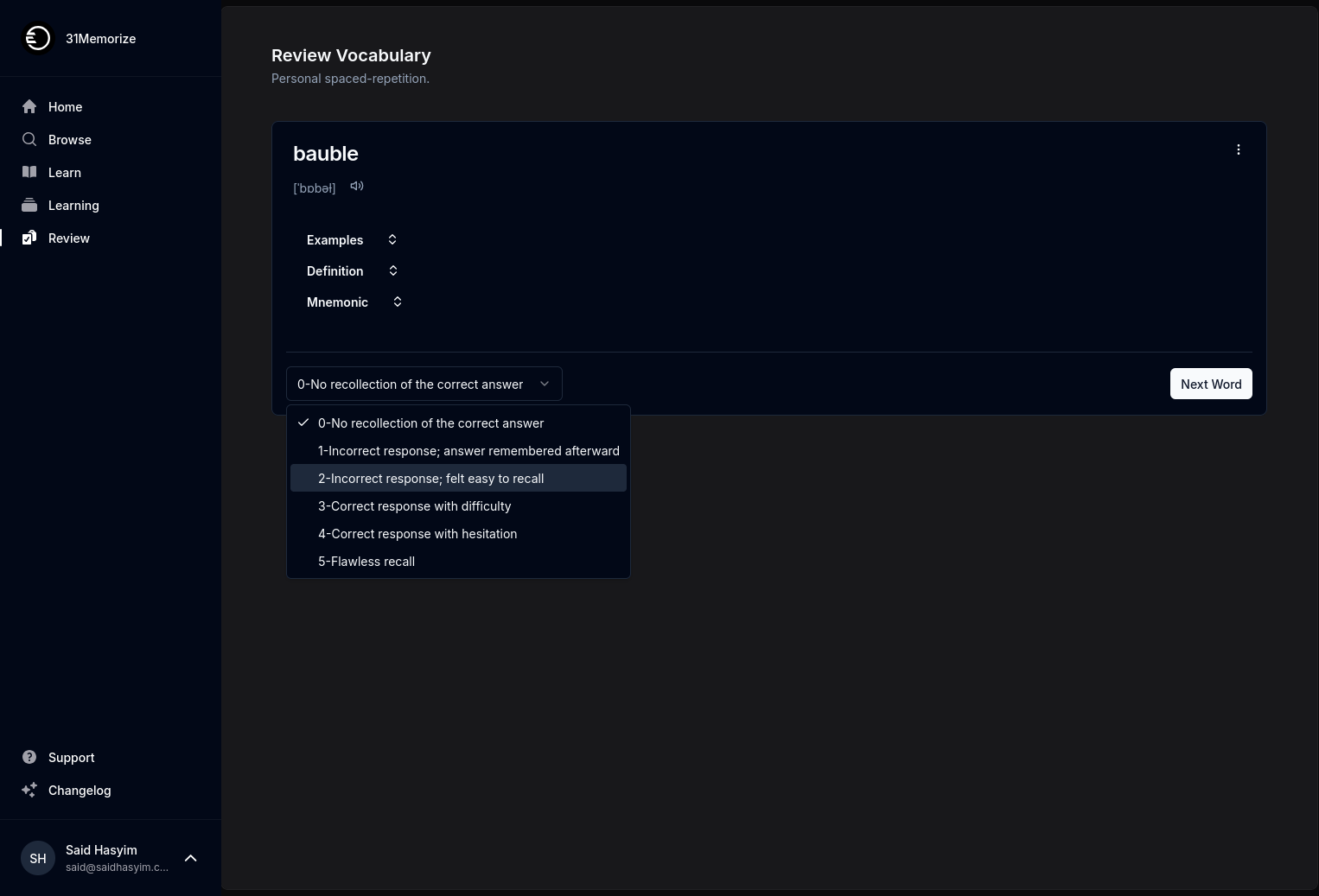What Book Reviews Reveal About Reader Preferences
In an era dominated by digital media and social interactions, book reviews have emerged as essential components of the literary landscape. While reviews serve multiple purposes—offering feedback for authors, serving as marketing tools, and engaging readers—they also provide insight into the preferences, behaviors, and values of readers themselves. Understanding the themes prevalent in book reviews can shed light on what drives reader engagement, what they enjoy, and how their preferences shift over time.
The Importance of Book Reviews
Book reviews have become a trusted resource for readers navigating the vast world of literature. They can help determine whether a book aligns with a reader's interests, tastes, and emotional needs. Reviews can be found on various platforms, including social media, Goodreads, Amazon, and personal blogs. But what exactly do these reviews tell us about reader preferences?
Genre Trends
One of the most overt indicators of reader preferences revealed through book reviews is the popularity of different genres. Over time, book reviews can highlight shifts in reader interest. For example, the rise of genres like young adult (YA) fiction, dystopian narratives, and cozy mysteries indicates changing cultural interests and societal concerns.
By analyzing the volume and tone of reviews within each genre, we can see patterns of engagement. Sometimes, preferences are influenced by broader cultural phenomena, such as the rise of the superhero genre due to blockbuster film adaptations, pushing readers toward graphic novels and adventure series. Conversely, when readers vacate certain genres, it could be due to saturation or a desire for something new.
Character Development
Readers often praise or criticize books based on character development, which reveals a deeper layer of preference. Discussions about well-rounded characters, their growth, and relatability indicate that readers are looking for stories that resonate on a personal level. When reviews express disappointment in one-dimensional characters or lack of development, it reflects a universal desire for authentic, complex portrayals that often mirror real-life complexities.
Some reviews also mention the importance of diversity in character representation. A surge in reviews advocating for inclusive narratives highlights a growing preference for stories featuring varied cultural, sexual, and gender identities. Readers’ appreciation for authentic representation shows not only a demand for diversity but also an acknowledgment of its significance in contemporary storytelling.
Themes and Messages
Book reviews frequently articulate deeper themes and messages that readers engage with. These can reflect societal issues such as mental health, identity, environmental concerns, and more. The emergence of themes relevant to contemporary issues indicates what resonates with readers at any given time.
For example, in a world increasingly aware of climate change, readers are gravitating toward literature exploring environmental themes. Reviews might reveal how engaging narratives surrounding climate crises not only entertain but also educate and provoke thought, manifesting readers’ desire to connect literature with real-world issues.
Emotional Resonance
Another critical aspect reflected in book reviews is emotional engagement. Readers often seek books that elicit strong feelings—whether joy, sadness, nostalgia, or inspiration. Reviews may highlight moments that moved them, creating a tapestry of shared emotional experiences.
This emotional connection to literature can tell us much about readers. It underscores that, beyond plot and characters, readers are looking for narratives that resonate with their own experiences and emotions. Many reviews reveal readers escaper from reality or seek solace in the pages of a gripping tale, proposing that emotional narratives can offer comfort, validation, or even catharsis.
Writing Style and Pacing
Style and pacing also play a pivotal role in reader preferences, as highlighted in numerous reviews. Appreciative comments about lyrical prose or gripping pacing are often juxtaposed with critiques of convoluted narratives or overly verbose writing. Such preferences can reveal readers’ appetite for different types of storytelling.
Some readers may prefer straightforward, fast-paced narratives, while others might lean toward works with a more distinctive writing style that prioritizes aesthetics or literary techniques. The nuances in style preferences underscore the diversity in reading tastes—what hooks one reader might bore another.
The Impact of Reader Communities
The communities formed around book discussions have become increasingly influential in shaping preferences. Online platforms and social media, such as BookTok and various book clubs, amplify voices and recommendations, allowing certain books to rise to prominence. This phenomenon illustrates the herd mentality in reader habits—when communities rally around specific titles, other members often feel influenced to read those books.
Moreover, the phenomenon of ‘book influencers’ can sway preferences, as their reviews may lead readers to explore genres or titles they might not have engaged with on their own. The create a unique dynamic that shifts reader interests based on community consensus rather than individual tastes.
Conclusion
Book reviews are rich repositories of information about reader preferences, shedding light on genre popularity, character development, thematic relevance, emotional resonance, writing style, and the impact of reader communities. By delving into these facets, authors can refine their craft, publishers can tailor their marketing strategies, and readers can better understand their own tastes and what drives their literary journeys.
As we continue to engage with the world of literature, it’s essential to recognize that every review encapsulates more than just an opinion; it reveals a collective consciousness—the desires, struggles, and aspirations of readers navigating their unique world through the pages of a book. Embracing the insights that book reviews provide can enrich our reading experiences, enrich our communities, and elevate the art of storytelling itself.
